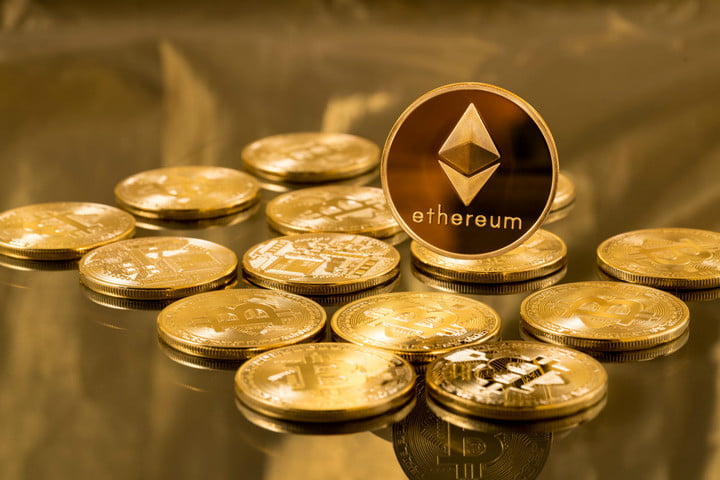
Source: PaxForex Premium Analytics Portal, Fundamental Insight
It may seem like an eternity since Ethereum hit its all-time high of $4,644.33, but that was only a year and a half ago. Since then, a fierce crypto-winter has hit the industry, and the whole picture has changed dramatically. In the midst of this bear market, Ethereum lost over 75% of its value in an instant. Despite such a sharp pullback, there are many reasons to believe that Ethereum could once again return to its previous historical highs.
One of the main reasons experts believe that Ethereum has what it takes to climb back up to the $4,000 mark is the series of updates made to the blockchain over the past year and a half.
If you recall, The Merge update occurred in the fall of 2022, which saw Ethereum move from a cumbersome and energy-intensive proof-of-work mechanism to a more streamlined and efficient proof-of-stake blockchain. While this update was widely publicized, and for good reason, as it was massive, there is another update that will ultimately have a greater impact on Ethereum's future price growth.
Known as the London Hardfork, this upgrade was launched in the summer of 2021 and laid the groundwork for The Merge. In preparation for miners going out of business, the London hard fork introduced a new payment processing mechanism for the network. Previously, transaction fees were sent to Ethereum miners as a performance incentive. After the London hard fork, commissions are effectively "burned off" or taken out of circulation.
In proof-of-work mode, miners added blocks to the blockchain. As a reward for their efforts, they received a fee, which was included in every transaction on Ethereum. But instead of getting rid of the mining fees entirely, Ethereum developers implemented a burn feature that permanently wiped out the fees previously allocated to miners. In this way, Ethereum essentially became a deflationary asset, a crucial quality of the asset that allows it to retain and increase its value over time. By creating a supply shortage of Ethereum, the burn feature can increase demand and raise the price.
Prior to The Merge and the London hard fork, Ethereum's annual inflation rate hovered around 3.5%. But after both of these upgrades were implemented, the total amount of ether in circulation decreased, and thus Ethereum entered a deflationary phase. Today its deflation rate is -0.088%.
The internal mechanisms are a bit complicated, but the combination of these improvements results in the fact that the more transactions occur on the network, the more ether is burned. This phenomenon has taken some time as the current bear market has reduced the number of transactions, but by the end of Q4 2022 and the early months of 2023, Ethereum finally began to reap the benefits of the London hard fork and The Merge.
Since the beginning of 2023, the number of Ethereum transactions has steadily increased and is now at a level not seen since the previous all-time high. As a result of this increase in activity, the total amount of Ethereum has actually decreased since The Merge, as the burn mechanism kicked in after the London hard fork.
For Ethereum investors, this is a near-perfect scenario. In the coming years, when demand (hopefully) rises again to the levels seen in the last bull market, this could lead to an explosive rise in Ethereum's price as it becomes truly subject to the pressure of limited supply and increased demand. If that happens, Ethereum will not only surpass the $4,000 mark, but it will likely hit a new all-time high.
As long as the price is above 1400.00, follow the recommendations below:
- Time frame: D1
- Recommendation: long position
- Entry point: 1601.04
- Take Profit 1: 1680.00
- Take Profit 2: 1790.00
Alternative scenario:
If the level of 1400.00 is broken-down, follow the recommendations below:
- Time frame: D1
- Recommendation: short position
- Entry point: 1400.00
- Take Profit 1: 1340.00
- Take Profit 2: 1260.00













